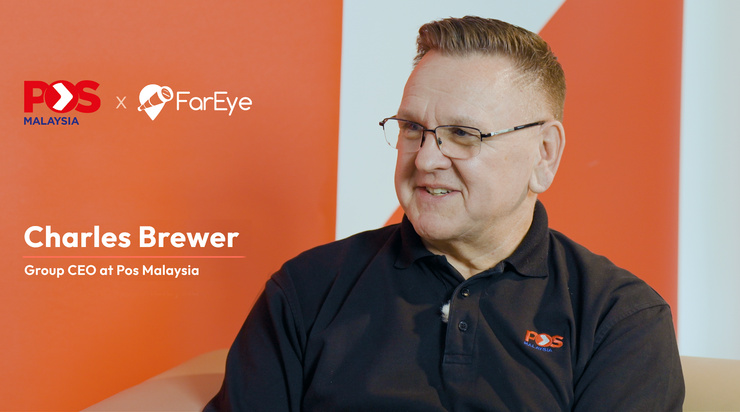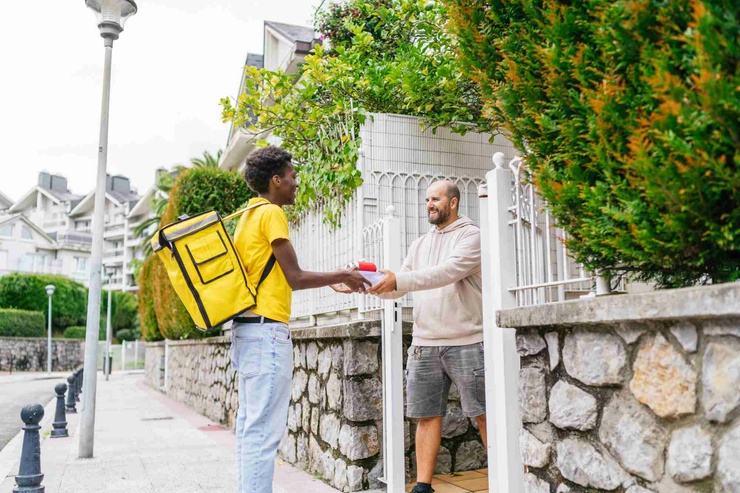- Last-Mile
- Delivery Scheduling
- Customer Experience
- Experience
B2B last-mile delivery: key trends and expectations
Increased online shopping has put great stress on companies to deliver goods as fast as possible. One of the main last mile ecommerce challenges they are facing is the rising demand for same-day or even one-hour deliveries. The last-mile delivery is defined as the final stage of movement of goods from the last transit stop to the final delivery destination or end-customer. It is one of the most critical part of the delivery process. If last-mile delivery is not optimized properly, it may have an adverse effect on the business.
However, with advancements in technology, companies are able to meet the challenges and customer expectations. Here are some of the rising trends in B2B last-mile delivery.liveries.
Rapid Order Fulfillment
One of the key trends in the B2B last-mile delivery is the window for delivery. It is decreasing with more and more customers preferring same-day delivery. Usually people prefer to key in their choice of delivery time for the same-day delivery. With many customers willing to pay extra for the same-day delivery, companies are establishing local warehouses in urban areas to reduce the delays.
Last-Mile Delivery Using Smart Technology
With the help of GPS and RFID, companies are able to track their fleet and communicate at any given point of time. This way, they can trace their fleet better and make any last-minute changes, if required. Customers get complete transparency on the status, location and timing of their packages. By implementing automated systems and smart technology, companies can use real-time information to manage their fleet and make last-minute order changes. Data analytics help companies map out a fuel-efficient route to manage multiple stops. It takes into account weather and traffic conditions to make real-time decisions. B2B shippers and customers can keep track of deliveries via SMS, email notifications and even Google notifications. It prevents the last mile logistic delays. The new technologies provide vast amount of data, which helps in using predictive analytic tools. These tools display information easy to interpret charts to improve business operations.
Consolidating and Sharing Resources
At times, the increase in the demand for timely deliveries cannot be met by the company’s in-house transportation fleet. However, with a hybrid fleet model, which is a combination of the company’s own fleet, partnered with contractors, third-party providers and freelance vehicles for deliveries, will provide flexibility and affordability to B2B companies. This sharing of resources can also help in reducing the empty miles while utilizing the assets to the maximum. This keeps the costs low and increases the profits. Sharing of fleet also helps in lowering of carbon emissions and pollution.
Delivery by Autonomous Vehicles, Drones and Robots
The delivery of goods depends on the cost and availability of labor with willingness to work in shifts. Robots and drone deliveries are being used in urban areas, and as technology keeps improving, this mode of delivery will prove to be more cost-effective in the long run. However, existing regulations for the usage of drones need to change for wide-scale implementation of the same. But with demands rising for contactless delivery systems, we cannot rule out the possibility that drones, automated driving and robots would soon become a part of our everyday life.
Customers are expecting the window for delivery to be the minimum, which has led to the demand for fast and efficient last-mile delivery. Last-mile carriers need to deploy various technologies, catering to logistics to get a better edge over competitors. They are expected to work with real-time data and use all available resources to provide the best possible last-mile delivery for customers. These companies need to take advantage of the existing resources by partnering with third-party service providers, implementing the latest tracking software, investing more in zero emission vehicles and constantly analyzing the information provided for areas that need improvements. FarEye is empowering global brands to achieve seamless and profitable B2B deliveries.

Komal Puri is a seasoned professional in the logistics and supply chain industry. As the AVP of Marketing and a subject matter expert at FarEye, she has been instrumental in shaping the industry narrative for the past decade. Her expertise and insights have earned her numerous awards and recognition. Komal’s writings reflect her deep understanding of the industry, offering valuable insights and thought leadership.
Let's Talk to Our Experts and Optimize Your Deliveries Today!
An expert from our team will reach out within 24 hours
Related resources



